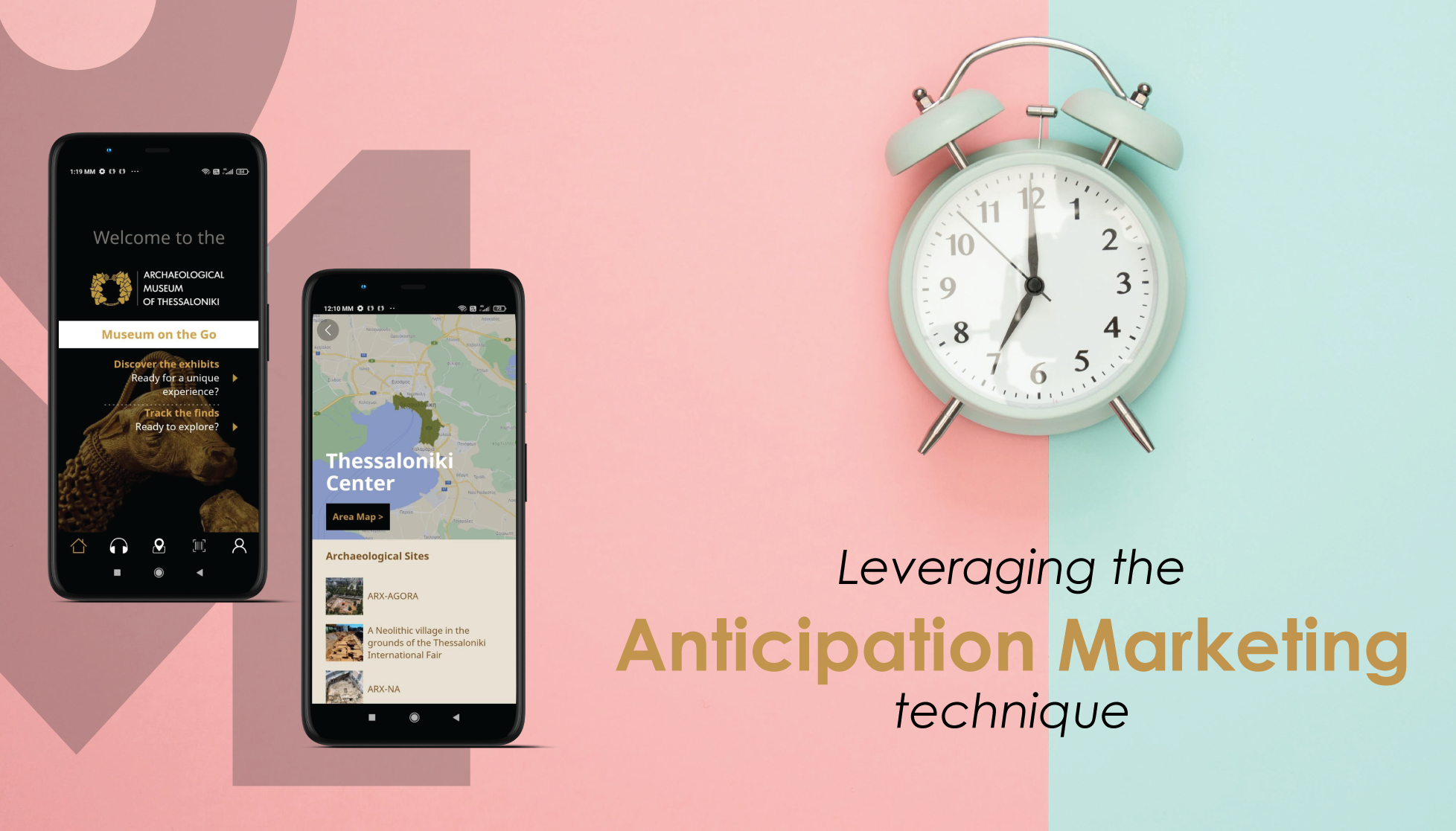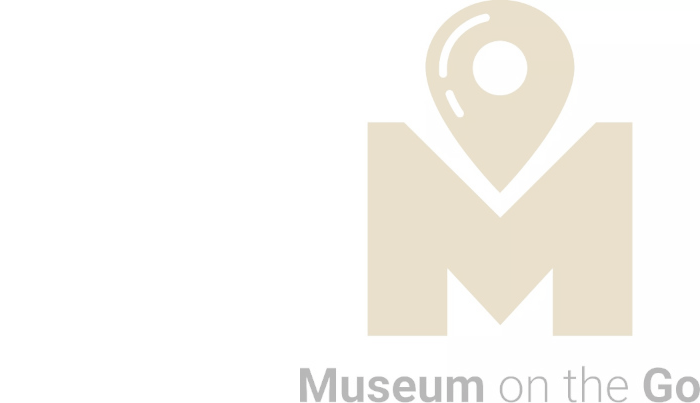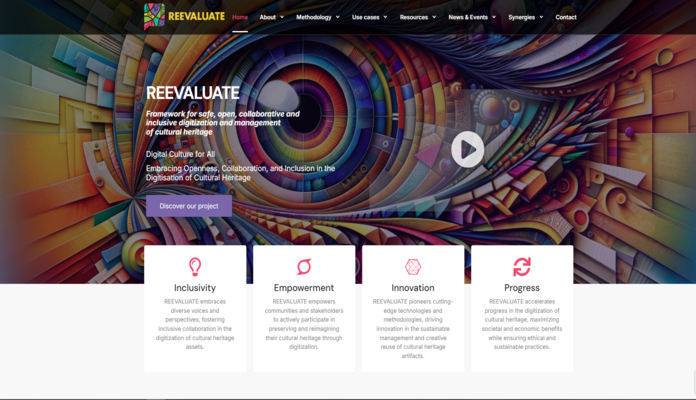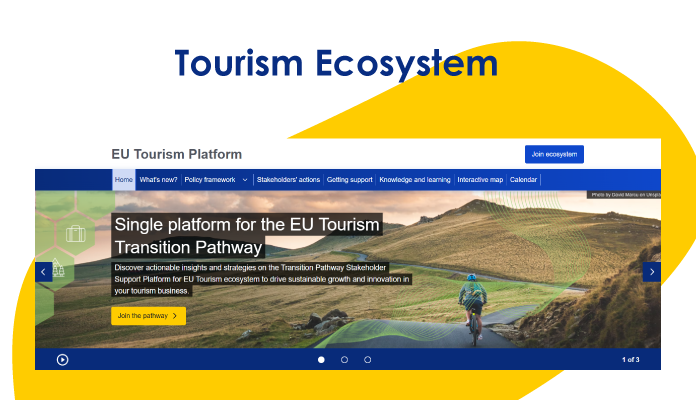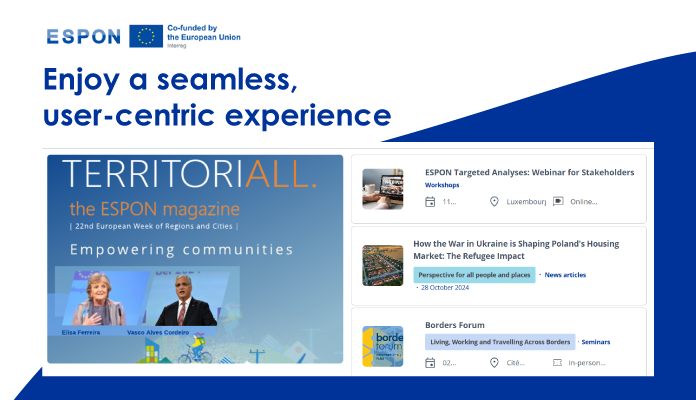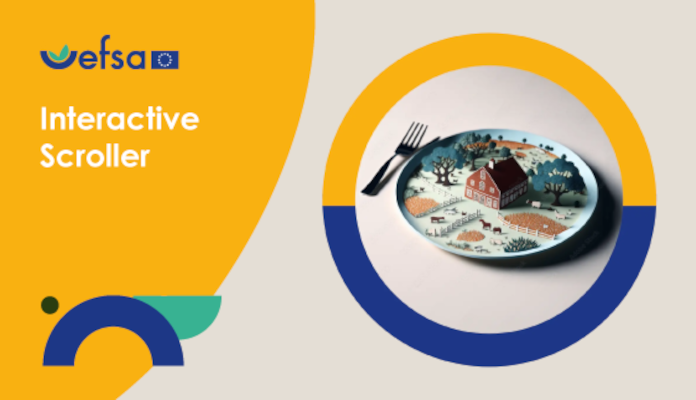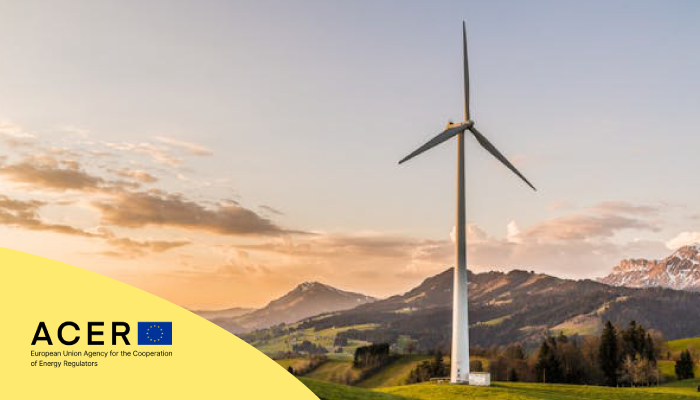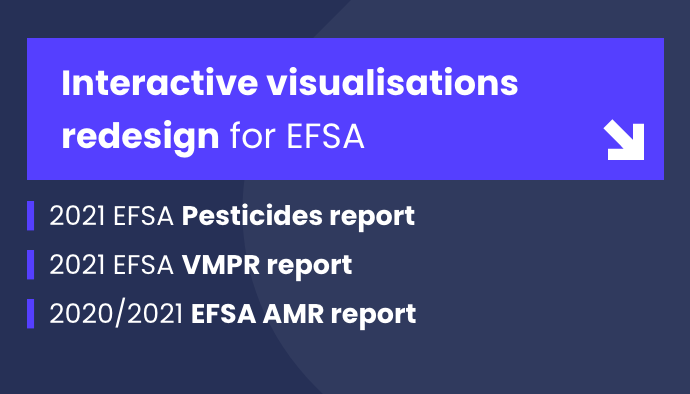Client
Archaeological Museum of Thessaloniki (Amth)

About the client
The Archaeological Museum of Thessaloniki is one of the largest museums in Greece and the central museum of the northern part of the country. It offers unique collections of ancient artifacts as well as rich and extroverted cultural activities.
Deliverable
Apart from the actual development of the first application designed for the museum, the deliverable included a strategic marketing plan with a focus on the product launch that would ensure and boost its popularity.
About the deliverable
No matter if it’s digital or more of a tangible one, launching a product is a strategic process that can make or break it for your business or your client. Truth be told, for years now marketers have figured out the specific steps to be taken to successfully build a product launch. The reality though is not that straightforward like going from A to Z. The key is all about building anticipation, something that we successfully tested with the Archaeological Museum’s brand-new app.
Leveraging the anticipation marketing technique
Anticipation marketing is the strategy that focuses on the users’ curiosity and excitement. It’s all about periodically offering the right amount of information that builds anticipation until the actual product launch. Generating a ‘buzz’ usually leads to an increase in customer engagement with the brand (yours or, in our case, your client’s) that ensures a successful launch. And although anticipation marketing can be used for flash sales, events, etc., it also works perfectly for product launches. Some of the main tactics that usually work for such cases are:
- Providing teasers or sneak peeks of the product
- Harvesting the power of storytelling for the created narratives
- Betting on the success of interactive content like quizzes and polls
- Collaborating with authority figures and influencers to spread the word
- Creating promotional events
- Provoking an increase in engagement with the possible users through various media, etc.
The case of 'Museum On The Go'
'Museum On The Go' is an application that guides users within and outside Amth. Within the museum, the app works as a digital tour guide that accompanies the users and offers, through text and audio in 12 different languages, unique tours presenting 150 specially selected exhibits. Outside the museum, the app covers the area of Northern Greece specialising in the city of Thessaloniki where users can discover 80+ places of archaeological interest that are connected to 250 museum exhibits and their unique stories.
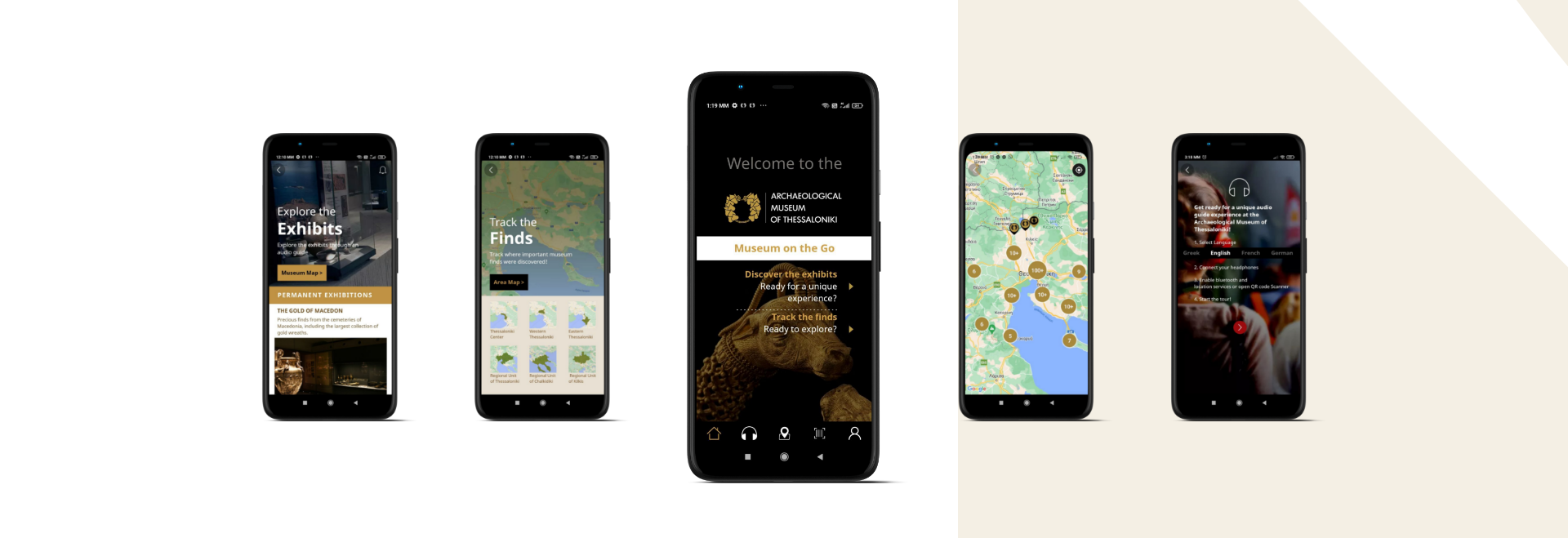
Such a product was of great importance for the museum as it would contribute to its overall digital transformation and was planned to further promote the museum to the city’s visitors from all over the world. Therefore, apart from designing a one-of-a-kind product that users would benefit from, the challenge was to create an unparalleled launch strategy and seamlessly execute it.
Implementing the anticipation technique for the app’s launch
For the case of ‘Museum On The Go’ app, Hypertech had to ensure that the launch strategy would align with the overall marketing approach for the product. Therefore, specific steps were planned to be executed covering all possible activities with a 360 view and covering a timeline before, during, and after the launch.
- Define target audience
- Craft a unique selling point
- Build and execute a 360-launch plan
The number one step was to ensure we understood the client’s target audience. Analysing the end users from a critical standpoint may seem like the obvious step, but it takes dedicating the proper amount of time, searching in the right spots, and specifying needs and pain points to create users’ profiles that will hopefully use your product. For this case the data was taken straight from its analytics, contacting museum visitors, and learning from the competition, which helped to know what user category would become the early adopters, who would follow, and who would remain loyal users.
As nowadays many museums are following the road of digital transformation, it was important to clearly define what is or are the unique selling points of the AMTH app. After research, it was obvious that the idea to combine the museum with the rest of the city of Thessaloniki and the rest of Northern Greece was key to attracting archaeology lovers and city visitors from all over the world. Of course, the audioguide, the storytelling texts in 12 languages, and the suggested personalised tours also helped it stand out from the competition and attract the attention of the municipality as the app would benefit the city in general.
There are many choices out there to promote a product but, you need to know what better suits yours and its audience. Dividing our promotional strategy into three parts (prior, during, and after launch) and utilising both digital and offline material and platforms was the solution for the case of our client’s app. All steps were clearly stated in a file that showed what, when, how, and why allowed the team to stay focused, measure the success at each step of the way, and readjust when and if required.
Before launch
Each step of the launch plan includes specific steps that also require material to be used. In the case of 'Museum On The Go,' this included 1) A dedicated landing page: This is one of the main and probably the most straightforward moves, as it’s more than logical for users to have a reference point to discover your product. From the early stages of the product, and once the first designs were ready, the landing page > https://www.museumonthego.gr/en/museum-on-the-go/ was built with the notice that it’s coming soon. The website was constantly updated during the project's progress and promoted both from the client’s (AMTH) website and media and our own. At this stage, the main use was to direct users to it from other promotional activities. 2) A launch of a Tease Video: Such a video has a single goal, to finally show a bit of the product and its functionalities while not making it yet available. For the AMTH app > https://www.youtube.com/watch?v=fhCwTeAqZd8 it was 1-minute video that combined app designs, with museum videos and archaeological sites to promote the main value of the product. The video was used in almost all steps of the prior launch plan and gathered positive feedback from user comments and live presentations. 3) Web banners: Creating branded banners that are in alignment with the identity that we built for the product and the AMTH strategy was important to ensure the product would stand out but wouldn’t be perceived as irrelevant to the museum. The design approach was followed through the whole promotional lifecycle and in all web and offline material used.
The prior launch steps included:
- Digital Platforms: To create an initial buzz and make people start talking and wandering about the upcoming product it was important to take advantage of the core media available by the client and Hypertech itself. It was a spherical effort, based on the overall marketing plan, that started from the initial announcement to the constant updates, up until the BETA version release. Using gradually all the media, from writing press releases for announcements, detailed articles of what to expect, and contacting museum following via newsletters and social media (posts and stories), helped to keep the potential users intrigued through the prior launch period.
- Live Presentations: Even though we are working on a digital product it’s important to remember that people respond to people better. Therefore, our plan included presenting the development of the product at various instances where possible users might be. Examples of such live presentations were at the University of Macedonia, where we had the chance to present it to the students and see their reaction and comments, and at HELEXPO at the booth of the Ministry of Culture and Sports, where we presented it to users from various backgrounds and ethnicities.
- Releasing BETA version: Another important step, that usually takes place during the testing period is releasing a BETA version of the product for early adopters to try and provide you with feedback that will help you improve the final product. It’s a step to show your commitment to having a customer-centric approach and make users feel included. This is also a great opportunity to open a dialogue and increase communication. The process was boosted with initial ads in social media, which also helped to better figure out the targeting that responds and shows interest.
The launch
Launch may be a specific day on the calendar, but, it may also last a while as several actions might be taken. For the case of AMTH app, we divided the launch into Digital and offline activities.
- Digital activities: Once our app was up and ready for download on both Android > https://play.google.com/store/apps/details?id=gr.museumonthego&hl=en_US&pli=1 and ios > https://apps.apple.com/us/app/museum-on-the-go/id1637047830 we leveraged all the digital channels to run a 360 campaign. This included adding banners on AMTH homepage, posting on Social Media, creating stories, writing articles on our and AMTH blog, crafting official press releases, and sending newsletters to all our and the museum's followers. Of course, to top it all up, we run digital ads campaigns on Meta and Google that allowed us to reach more people, apart from our following, that was strategically targeted and already tested in the BETA version.
- Offline activities: For the offline part, a series of activities were planned as well. First of all, the museum entrances were decorated with special banners promoting the existence of the app and offering a QR code to download it. Then, to reach out to more possible users and Thessaloniki’s visitors we picked a bus line and 'dressed' it with a promotional coverage for everyone to see. The line we picked, starts from the Airport, passes through the whole city center, and ends up at the bus station, basically covering the most important points.
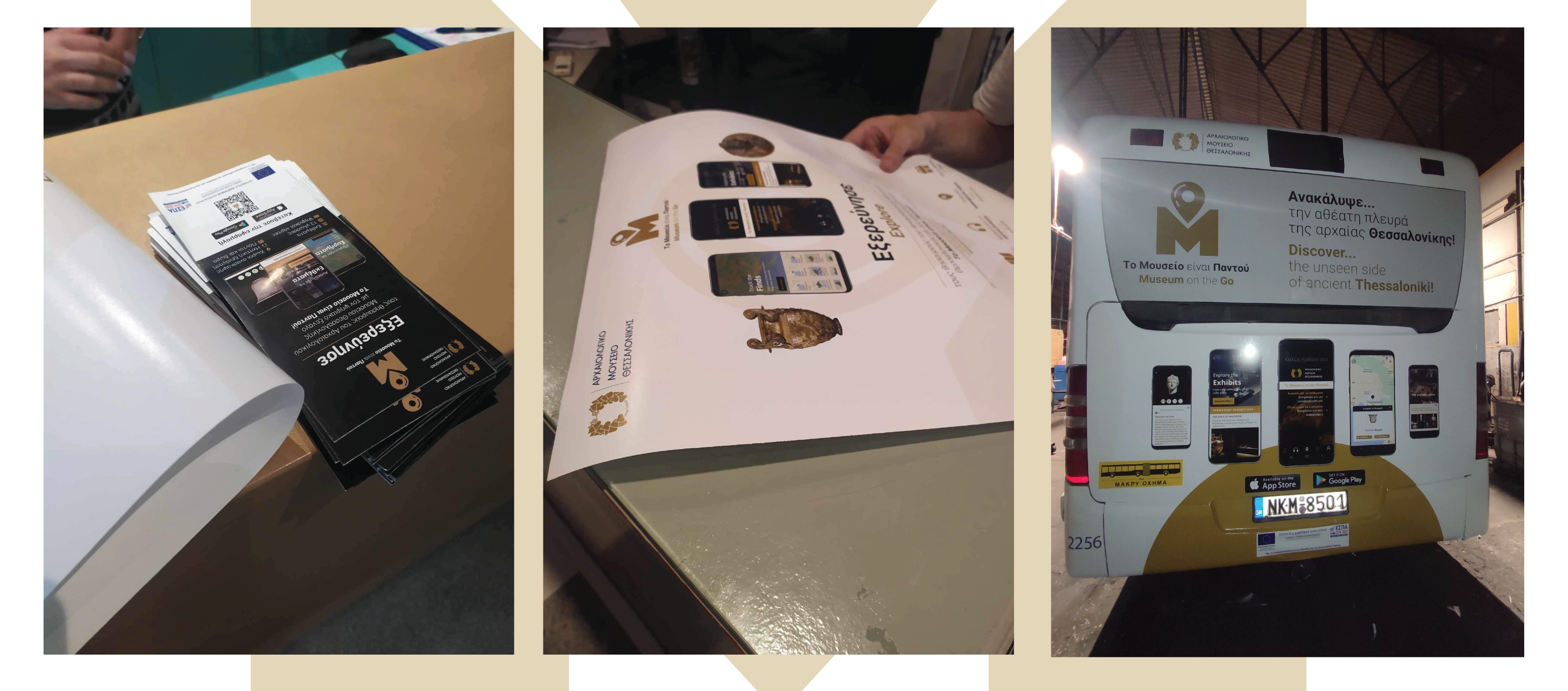 Additionally, our plan included two crucial spots in the Thessaloniki city center, Aristotelous Square and the White Tower, where our people promoted the app in person, informing the visitors about how they can benefit from it and encouraging them to download it. Finally, events marketing was part of our plan. It took two different events to complete our idea of a strategic product launch.
Additionally, our plan included two crucial spots in the Thessaloniki city center, Aristotelous Square and the White Tower, where our people promoted the app in person, informing the visitors about how they can benefit from it and encouraging them to download it. Finally, events marketing was part of our plan. It took two different events to complete our idea of a strategic product launch. As the app was considered important to promote the city’s rich culture and history, many people took an interest in it. Therefore, the events were divided. The first one was designed for the city’s authorities and journalists. This was the audience that would help us promote the app further to areas we didn’t have direct access to and enlarge the number of people who chose to download and use the app.
The second event, on the other hand, was purely for our end users who would have the chance to use the app for the first time within the museum. With that, we succeeded in growing word of mouth and increasing museum visitors to try the app out.
As the app was considered important to promote the city’s rich culture and history, many people took an interest in it. Therefore, the events were divided. The first one was designed for the city’s authorities and journalists. This was the audience that would help us promote the app further to areas we didn’t have direct access to and enlarge the number of people who chose to download and use the app.
The second event, on the other hand, was purely for our end users who would have the chance to use the app for the first time within the museum. With that, we succeeded in growing word of mouth and increasing museum visitors to try the app out.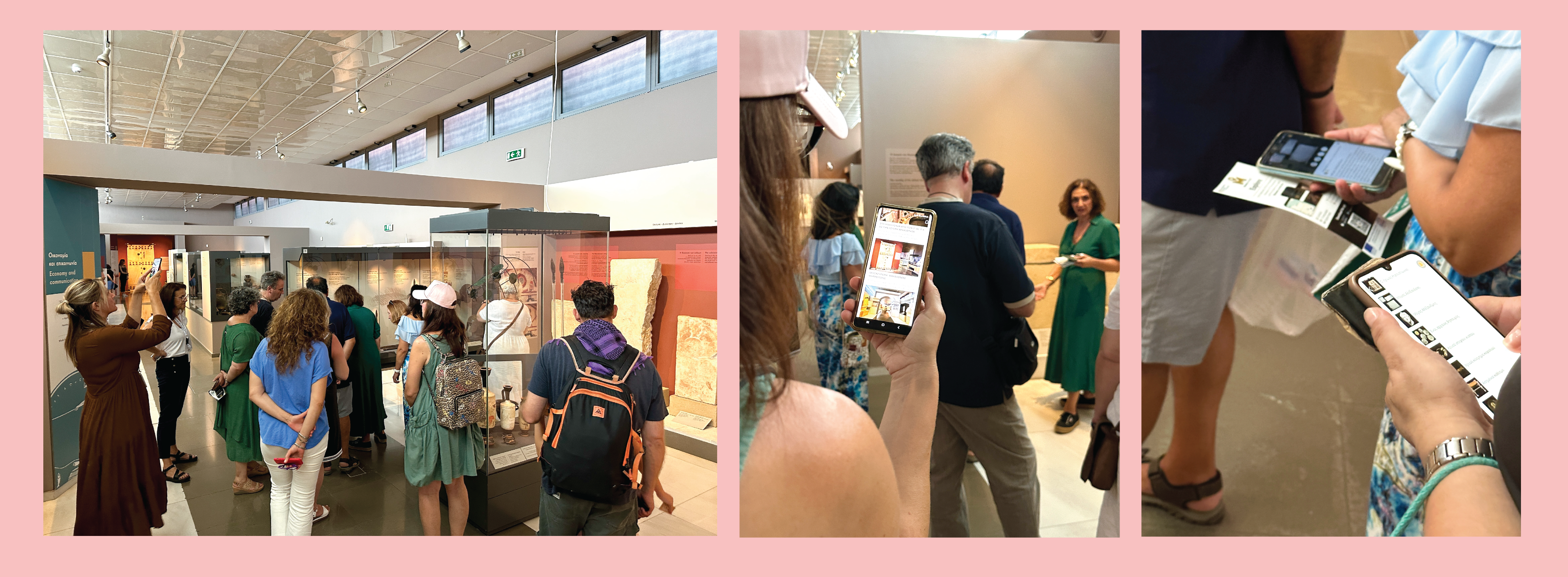
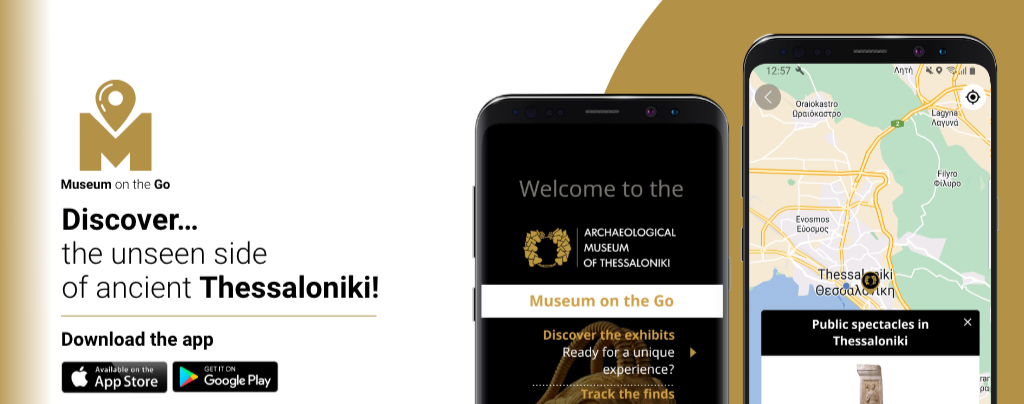
After the launch
As the product is finally revealed and the built anticipation is over, the aftermath remains just as important. Every strategy should include particular steps that would keep the hype going and start not only growing the audience but also investing in building loyal ones. Therefore, the duration of the third part of the launch can last a while. For the case of ‘Museum On The Go’ we kept the digital advertising going for months and sent promotional material to various events across Greece and the EU, with the help of our Municipality and the authorities of the Region of Central Macedonia. But, the one thing that we believe that kept us going was that we encouraged and maintained communication with our audience. We kept gathering their thoughts and feedback and evaluating the changes the product might need to make it more useful for them.
To sum it up
The benefits of anticipation marketing, especially in the case of a launch are impressive and proven for years now. But, being methodical is key to success as it’s an ongoing process that takes both time and a group effort. ‘Museum On The Go’ was just one of the cases we, once again, saw it happening. By building anticipation, the product had downloads even from the BETA version, and nowadays, after a few months only, it has exceeded 20k+ downloads and maintains its loyal users. So, overall getting your audience excited about your upcoming product launch is always a great way to ensure its early-on popularity and therefore, its later-on downloads or sales or…whatever it is in your case.
Related projects
Wish to see your
project come to life?
Just contact us. We’d love to discuss your needs, struggles, and goals, and come up with solutions that will make an impact on you and your target audience.
